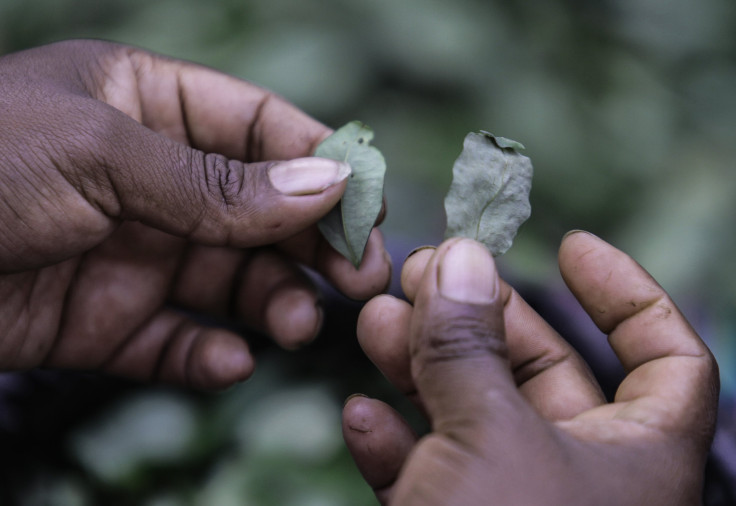Coca Plantation Discovery Could Signal Coming Shift In Mexican Drug Operations

Officials sounded the alarm this week when Mexican soldiers confirmed their first-ever discovery of a coca plantation in Mexico, as reported by the Associated Press. The find indicated big shifts may be in the works for Mexican drug organizations’ operations, but it won’t likely change the dynamics of the drug trade in the short run.
Mexican military officers confirmed Tuesday they seized and destroyed more than 1,600 coca plants, the raw ingredient for cocaine, discovered in the southern state of Chiapas, about three miles from the Guatemalan border, as reported by ElPeriodico.com in the Dominican Republic. Until now, Mexican authorities had only uncovered some laboratories meant for cocaine processing within the country, so this marks the first discovery of concrete efforts to grow the plants themselves in Mexico.
Analysts say the plantation may be a sign that Mexican drug organizations are looking to branch into cocaine production, as opposed to just processing or transportation. Currently, Mexican drug traffickers are largely in the business of moving cocaine from suppliers in Peru, Bolivia and Colombia, through Central America, and to markets in the U.S. Moving into coca production would centralize their cocaine operations – and profits – and cut off their southern suppliers.
But the plantation may not mean much yet. Antonio Mazzitelli, Mexico’s representative at the United Nations Office on Drugs and Crime, told AP it could just be a “small-scale experiment” to test how well coca grows in Mexico. Mazzitelli also said cocaine production requires large quantities of coca leaves, and it can take years before the plants are mature enough to use. The Mexican military has not yet released details about the plants themselves, so it’s unclear whether they were close to being ready for actual cocaine production.
Meanwhile, coca cultivation is still strongly rooted in the Andes region, as InSight Crime noted. Peru is the top cocaine producer in the world, and recent arrests have shown increased Mexican cartel involvement in ferrying Peruvian-produced cocaine to Europe, as GlobalPost pointed out.
Mexican drug cartels have also been diversifying away from the drug trade. In recent years, they have collected handsome profits in logging and extortion, and their largest source of income recently has been illegal mining, AP said.
© Copyright IBTimes 2024. All rights reserved.





















